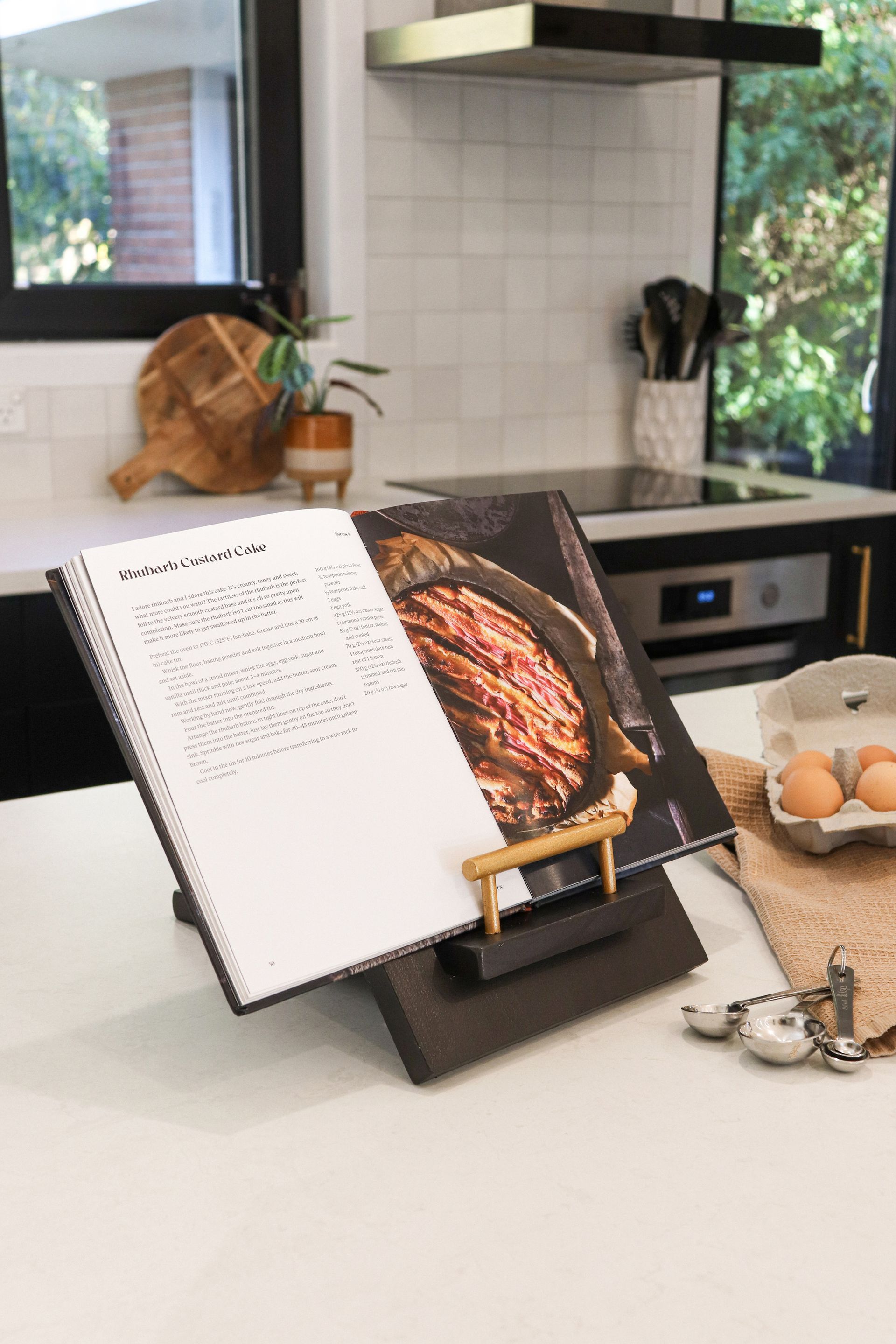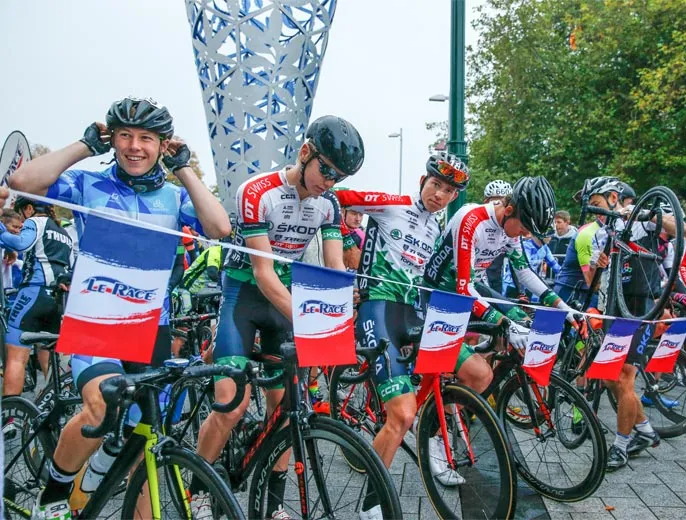From bridal shows, wine and food festivals and book launches to marathons, cycle races and sporting events, Not Just Events owner Sheree Stevens (or Sheree Haugh if she’s at home) has organised them all, with a focus on local, personal flavour.
Reflecting on her career, Sheree Stevens laughs that her organisational skills were first appreciated in events during her time at Lincoln University. There to complete a degree in Parks and Recreation before switching to Tourism and Management, most of her time was spent planning social events. ‘I organised everything,’ she shares. ‘I still get people reminiscing about the balls I used to run.’
Her ability to translate an idea into a crowd-drawing event saw her return to her hometown of Gisborne (post-university and travel) where she organised the Gisborne Wine & Food Festival. It was back on home ground that she met and fell in love with North Canterbury farmer Hamish Haugh. ‘Hamish was working on a farm and playing rugby in Gisborne and ultimately I followed him back to Canterbury.’
While Hamish returned to his sheep and beef farm in Parnassus, North Canterbury, Sheree lived two hours south in Christchurch, not quite yet ready for remote rural life. Establishing herself as a go-to for event organisation in Canterbury was easily done following her involvement in Canterbury’s 150th anniversary celebrations. ‘I organised four events in one weekend: a period ball, a garden party in the botanic gardens, a parade and the Son et lumière. Held in Cathedral Square, it was an incredible sound, light and theatric show in one, all telling the story of Canterbury.’
Reflecting on her career, Sheree Stevens laughs that her organisational skills were first appreciated in events during her time at Lincoln University. There to complete a degree in Parks and Recreation before switching to Tourism and Management, most of her time was spent planning social events. ‘I organised everything,’ she shares. ‘I still get people reminiscing about the balls I used to run.’
Her ability to translate an idea into a crowd-drawing event saw her return to her hometown of Gisborne (post-university and travel) where she organised the Gisborne Wine & Food Festival. It was back on home ground that she met and fell in love with North Canterbury farmer Hamish Haugh. ‘Hamish was working on a farm and playing rugby in Gisborne and ultimately I followed him back to Canterbury.’
While Hamish returned to his sheep and beef farm in Parnassus, North Canterbury, Sheree lived two hours south in Christchurch, not quite yet ready for remote rural life. Establishing herself as a go-to for event organisation in Canterbury was easily done following her involvement in Canterbury’s 150th anniversary celebrations. ‘I organised four events in one weekend: a period ball, a garden party in the botanic gardens, a parade and the Son et lumière. Held in Cathedral Square, it was an incredible sound, light and theatric show in one, all telling the story of Canterbury.’
However, she wasn’t finished there, and in March 2020 as the rest of the country was contemplating which bread recipe to try next, Sheree was investing. ‘As soon as I saw the vineyard half-marathon event in Marlborough was going up for sale, I thought why not? I live close by, it is an event I have personally competed in and has a local focus, which I like. Every event I run has a local, personal flavour and that was certainly part of the attraction with Marlborough.’
Reflecting on the year that has been, it is obvious that despite the highs there have been some incredible lows with Covid forcing events to be cancelled, some postponed and others reorganised, only to be cancelled at the very last minute. ‘Le Race was cancelled four days out in March and then again in September, so it has been challenging, but we have worked our way through it and we will continue to do so.’
For many, the thought of the details and the many variables that could ultimately go wrong with events would be off-putting, yet for Sheree it is this that keeps her going. ‘I thrive on the pressure and stress, I rise to the challenge when something goes wrong out there, and that is what keeps me coming back. No two events are ever the same.’
Recent stories








